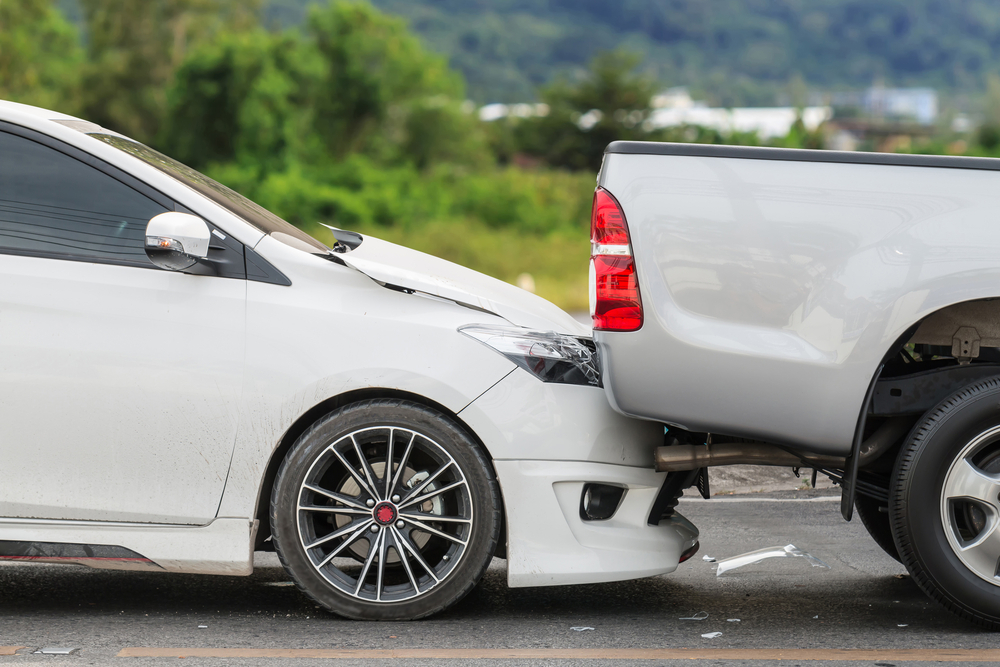
Riding in a car is one of the riskiest activities people do, according to Costa Samaras, associate professor of civil and environmental engineering at Carnegie Mellon University.
Despite the risk, basic driver-assist technologies are not standard equipment on most vehicles.
Researchers at the university studied the costs and benefits of three driver-assist technologies – blind-spot monitoring, lane-departure warning, and forward-collision warning – and discovered that the systems not only reduce crashes, they also save money.
It costs approximately $600 a vehicle to install the three systems. Doing so would prevent 1.6 million crashes annually in the United States, including 7,200 fatal crashes, and would save more than $20 billion annually.
A total of 86 percent of the savings would be the avoidance of injuries, fatalities, and damage to vehicles.
“We don’t have to wait for a future with fully self-driving cars to realize a lot of the benefits of sensing and automation,” Corey Harper, head researcher and a presidential postdoctoral fellow in Civil and Environmental Engineering, said. “A lot of crashes can be avoided with today’s tech.”
Other benefits of the technologies include fewer taxpayer-supported emergency responses and reduced congestion.
The study was published in the journal Accident Analysis and Prevention.